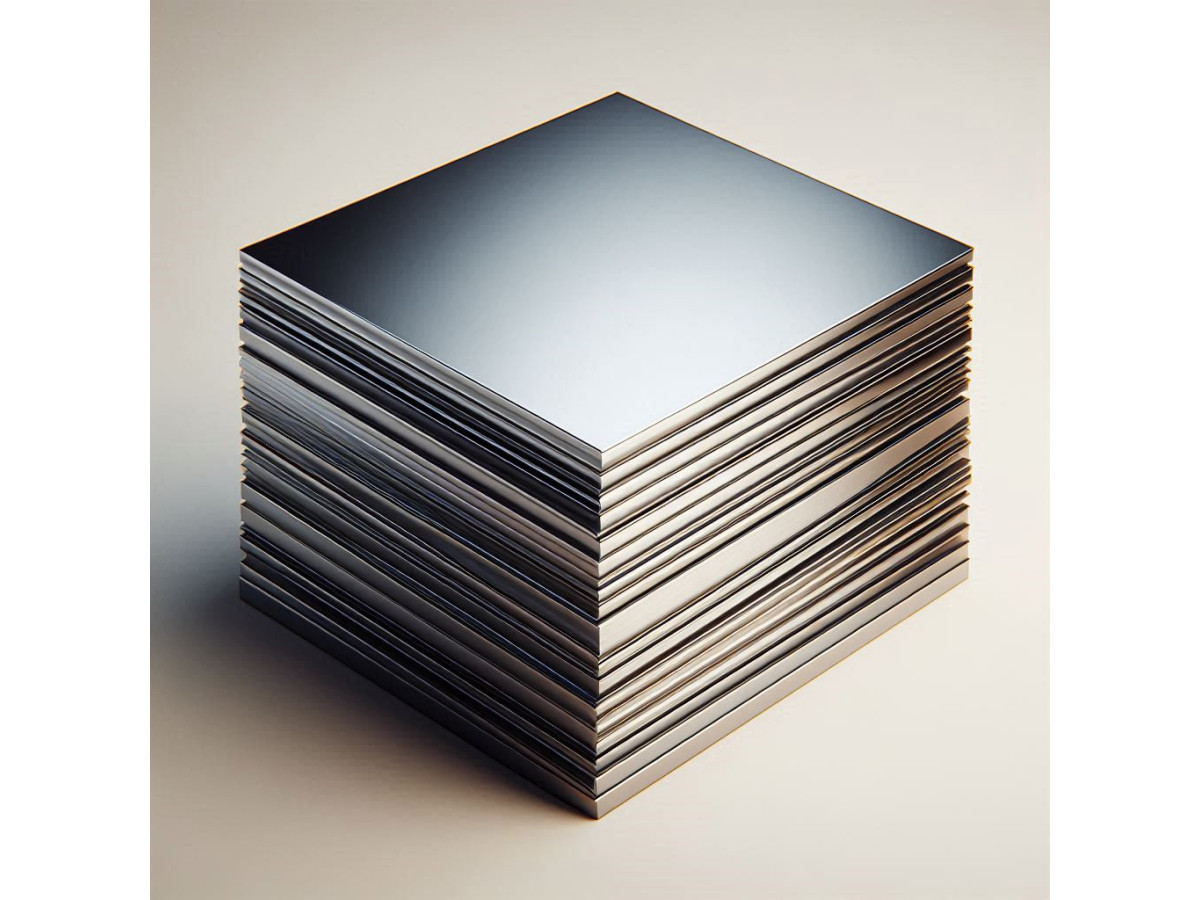A popular type of non-ferrous rolled metal is aluminum sheet, which has many valuable properties for technology. Of the main ones, the following are worthy of priority mention:
- low weight due to the low density of the feedstock;
- absolute absence of corrosion in open atmosphere conditions;
- high ductility allows deep stamping and single bending at any angle.
It has a wide range of applications from making kitchen utensils to creating aircraft and space rockets.
Comparison of aluminum sheet with analogs
In order to avoid mistakes when choosing a source material, it is highly advisable to familiarize yourself with basic information about competing analogs on the market. To assess the feasibility of using aluminum sheets, it is useful to compare them with rolled products from other raw materials according to three most important characteristics:
- Strength, which directly affects the reliability of created structures and products.
- Oxidation resistance, which directly affects compliance with regulatory requirements and service life.
- The price that influences the formation of the starting budget.
Careful consideration of the benefits and disadvantages obtained in each option will allow you to choose the most optimal one for each specific task.
Structural steel sheet
Ordinary steel sheet much stronger and cheaper, but susceptible to corrosion. A lot of effort and money have to be spent on painting the surface to protect against this drawback, however, due to its low cost and reliability with respect to mechanical loads, it is many times superior to aluminum in consumption in the assembly of tanks, cladding of railway cars and the production of stamped elements for the bodies of motor vehicles and agricultural machinery.
Galvanized Sheet
By analogy with aluminum oxide, a thin layer of zinc effectively protects galvanized sheet from corrosion, although the protection mechanism in this case is not based on the creation of an inert shell that interferes with chemical interaction, but on the transfer of the destructive effect from iron to a more active metal according to the principle of action of galvanic elements. The zinc oxides released in this case do not allow this material to be used in the food industry, but for cladding hangars, warehouses, roofing, ventilation and drainage systems that are constantly in contact with moist atmospheric air, it fully satisfies safety requirements and, due to its lower cost, is much more often used in the creation of metal structures.
Stainless steel sheet
Made from special grades of steel stainless steel sheet successfully competes with food-grade aluminum in the development of equipment for food production. Its cost is slightly less, its greater strength allows it to work under high pressure, and in the vast majority of cases it is preferred. The only drawback that prevents the use as a structural material for assembling the bodies of lightweight vehicles, high-speed boats, fuselages and wings of aircraft is the fundamentally irremovable high specific density, therefore, in the listed areas, light aluminum alloys are not in danger of being replaced by stainless steel.
Copper, brass, titanium sheets
Sheet materials made of copper, brass, titanium and many other non-ferrous metals and alloys are more expensive, but for solving many specific problems they are preferred. To understand the reasons, it is enough to examine in detail several typical examples:
- Copper occupies a place to the right of hydrogen in the electrochemical series of voltages, therefore, under normal conditions, it does not react even with strong inorganic acids, except for concentrated nitric acid. Due to this, parts made from it are often found in the equipment of chemical laboratories and factories. Its decorative properties have not lost their relevance - embossed products are still widely popular.
- Polished brass sheet from a distance it looks very similar to gold, which is why it is readily bought by rich people and religious organizations to cover the domes of church churches, towers and roofs of private houses and country villas in order to obtain a prestigious appearance without the cost of purchasing precious metals.
- Pure titanium and its alloys are distinguished by lightness, mechanical strength and resistance to temperature changes from severe frosts to intense heating of the surface by incoming air rubbing against it. None of the currently known materials simply can replace them in aircraft construction and the rocket and space industry.
Summarizing the above information, it will become easier to make the right choice.

